 Zoe’s Scavenger Hunt Fun by Rinda Beach There's no place like the lake! This action-packed story moves quickly through one family’s lake vacation. Great for kids vacationing on or near lakes in the summer – and there is an activity section where kids can journal about their own vacation in the back! A great book for kids who have spent summer days on a lake, this early chapter book is best for 5-8-year-olds.
0 Comments
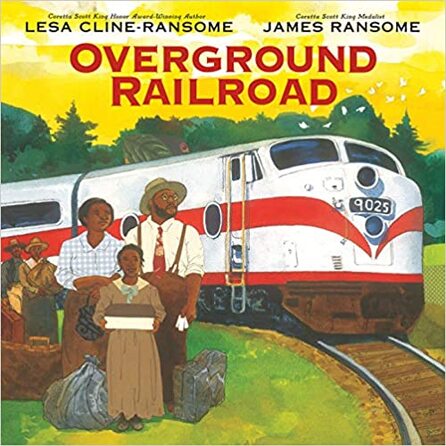 In the Overground Railroad, lyrical language and bold art depict the story of one family leaving the oppressive South for a new life in the North. Family, friends, and everything that was familiar was left behind. On the train, Ruthie reads the autobiography of Frederick Douglass to her mom. His journey north to escape slavery gives her courage and hope. Follow Me Down to Nicodemus Town introduces the Exodusters and explores a part of pioneer history that needs to be better known. Dede and her family work hard to buy their way out of sharecropping. After a long day’s work on the farm, Papa builds furniture and Mama sews dresses. Little Dede shines shoes at the railroad station. Soft tones and fluid lines in the illustrations convey the family’s hope for a new life in Kansas. I have always loved historical fiction. These two historical fiction picture books introduce an important piece of American history that is often overlooked. Both share courage and hope as Dede and Ruthie with their families flee the oppressive sharecropping system of post-civil war American South. Teachers and parents can use these as a springboard to learning.
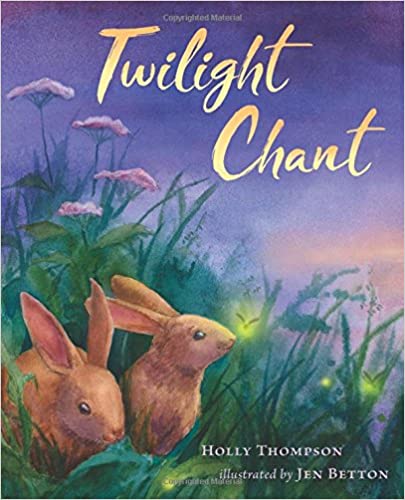 I want to share not one but two lyrical nature books this week. The first is Wake Up Island by Mary Casanova, illustrated with Nick Wroblewski’s woodcuts (University of Minnesota Press 2016). It is a beautiful rendering of dawn and coming awake on an island in a north woods lake – with all the various creatures who make this place their home welcoming the day. The second is Twilight Chant by Holly Thompson Illustrated by Jen Betton (Clarion Books 2018). Here we have the day’s end with twilight – and all the animals and birds that come out in the evening light to forage. Both are beautiful, lyrical renderings of nature – one in the early hours, the second in the late. This book is a beautiful introduction to forest bathing. Through the centuries many have realized the healing power of nature. In the 1980s Shinrin-yoku (forest bathing) became popular in Japan. In 1996, Howard Clinebell coined the term "ecotherapy." In the past five years, several books for adults about this concept have been published, but this is the first explanation of forest bathing for children.
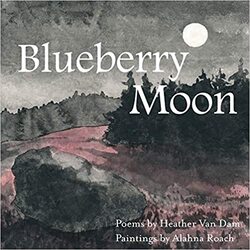 38 haiku evocative haiku poems take us through the seasons of Maine, along the ocean and through the woods... The illustrations are beautiful, the poems say so much in so few words.
Here is a winter haiku for the season: Snowflakes twirling down Heartbeats solitary sound Quiet winter day. This one, describes spring: fluorescent green shoots through melting granular snow mud intermingles I'm sure next time i pick up the collection, in a different season, a 'new' poem will speak to me. Fun language and bold, colorful illustrations take us through the year, with poems about major holidays like Thanksgiving as well as lesser days, like Groundhog Day. Raven Howell’s poems have humor, heart, rhyme and rhythm. Meredith Fern’s bright, colorful cutout illustrations add lightness and joy to the lighthearted poems. There is also an element of surprise, as the theme a poem focuses on is not always what you would first think of. This is a great way to introduce special days to youngsters. The book is a fun read!
 Practicing gratitude, sustaining an attitude of gratefulness for life’s many blessing, is important to me. There are so many simple things in life that we can be thankful for. That is why I love Miranda Paul’s anthology, ThankU: Poems of Gratitude. Ill. by Marlena Myles. Lerner/ Brookfield, CT: Millbrook Press. Each poem focuses on the concept of gratitude, and each also introduces various poetic forms, which are explained in the glossary. The illustrations add simple beauty to the poems. At the beginning of the year someone challenged me to list 50 things I’m grateful for… I’ll just list five here: I’m grateful for health and hugs, friends and family, nature and it’s beauty, books and the creativity to write, my faith and my God. OK I cheated – that was more like ten than five! So… What are you grateful for today? Paul, Miranda. Ed. 2019. Thanku: Poems of Gratitude. Ill. by Marlena Myles. Lerner/ Brookfield, CT: Millbrook Press. This is the week of Hanukkah. While Sadie’s Shabbat Stories (by Melissa Stoller; illustrated by Lisa Goldberg, Spork, 2020) isn't about the holiday, the book does celebrate family ties and traditions. Telling stories about family heirlooms is a beautiful way to make family connections and learn your family’s history. No matter what our heritage, everyone has stories that are important and inspirational.
Melissa Berger Stoller brings the reader inside the special relationship between Sadie and grandma. Sadie learns to tell her own stories, bringing the past and future together. This book is especially important now, when many children cannot spend time with grandparents due to quarantine restrictions.  What does it mean to take action? To take a stand? To make your voice heard? This important book takes a sensitive look at what it means to stand up for your beliefs. We’re introduced to the cause – safe schools –when Maddie starts the narrative: "Let's walk together to show our support for safe schools.” But her friend Stella isn’t so sure they should do this, because only the older grades are allowed to walk for the cause. In the end, Maddie’s perseverance helps Stella to overcome her anxiety – and the whole class walks with courage and determination. The important takeaway for the reader: You’re never too young to stand up for what is right. Walkout by Tina Shepardson; illustrated by Terry Sirrell. Spork, 2020. 32 p. |
Author
A good book, a comfy chair, Archives
February 2023
Categories
|
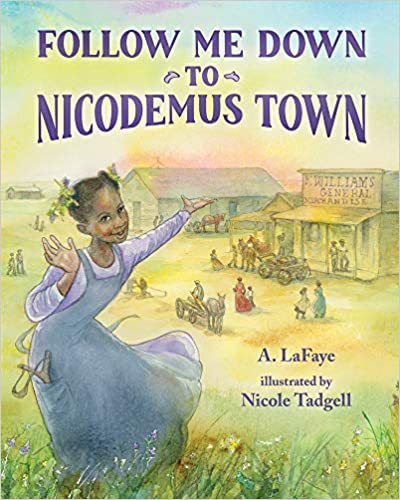
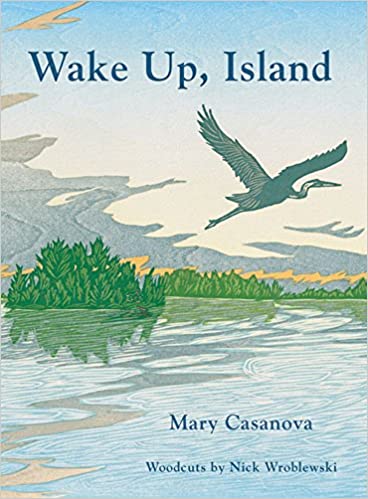
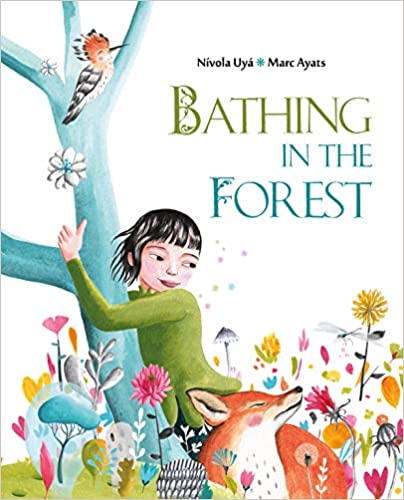
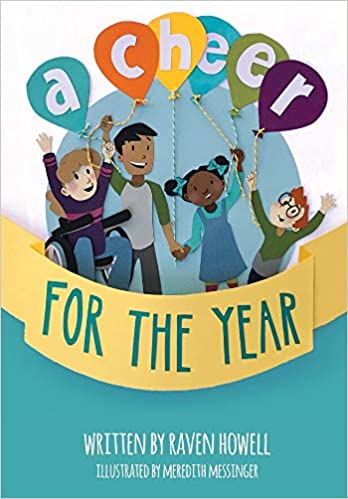


 RSS Feed
RSS Feed
